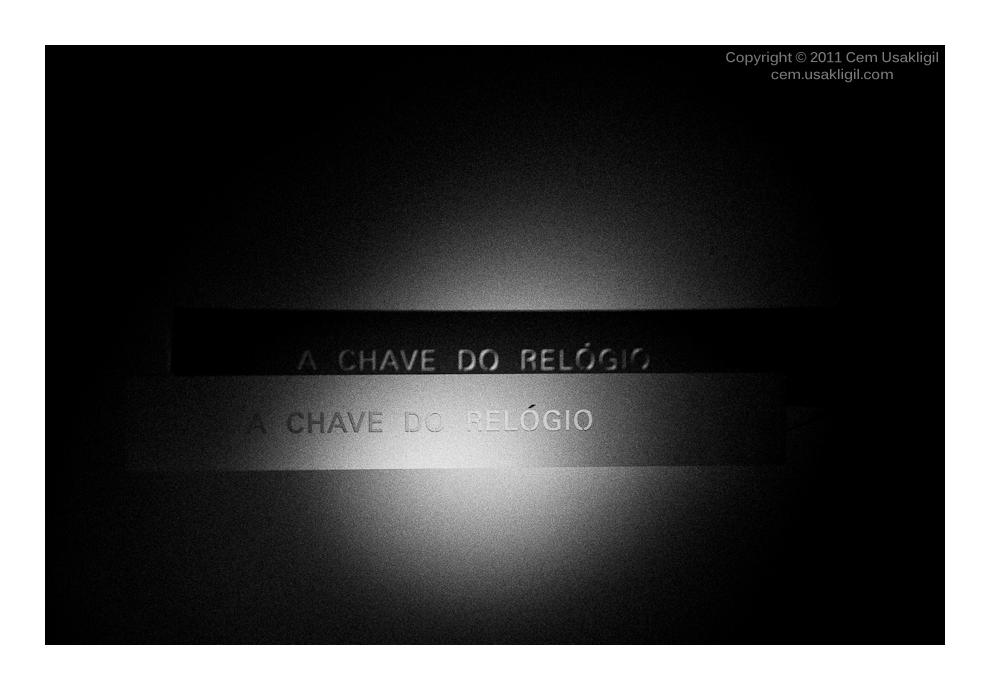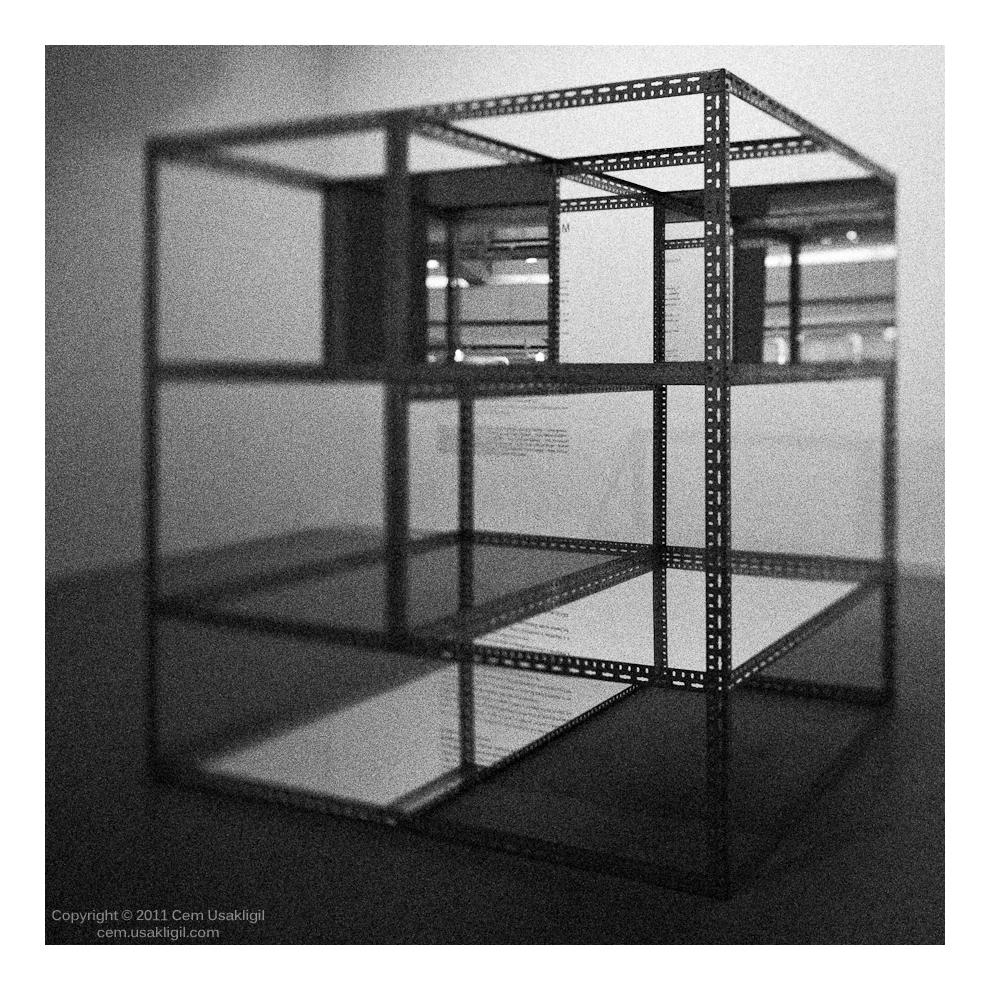Mark Hampton
New member
Ok Mark,
I’m not ready to leave the grain yet, so I tried your sensor burn idea. Processed the burn, worked on the color and levels, changed to grey scale, etc, and I liked what I got (not what I expected but ok).

Then I opened the last photo shot before the burn and layered a gray scale version with the burn. Manipulated a second burn level to remove grain from stump and reduce grain size to some of the foreground.

Next, here is the take in color with the grain.

I think I would want to be looking for the grain before I snapped the shutter, as I tend to want to previsualize what I am doing. So I had a good time but am now thinking about how I might work this into future efforts. The grain (for me) adds a surface that begins to come forward giving a flattened look. I like that. But I think I like the grain image alone almost as much as I like the original subject. It’s too early to tell.
Bill,
just back from rome (i will post some images on anther thread) - I had a look on my phone at the burn - it is on its own very enigmatic. your rendition of it is much clearer than my almost black frame.
I had not tried using layers... I used the iso to break the image in camera - this is a cracking idea - when the light too bright i cant break the image (i guess a ND filter would work but that 80quid) as 2.8 and 8000 @ 25600 doesn't work all the time !
I like the motif of the tree/root imbedded in the rock - your grasp of light works with and makes the image - have you tried - working the oposite way round - use the burn as background layer and the image as an overlay - just emerging from the grain/noise/gain.
I have found the sensor on my camera phone to have beautiful qualities - rated @ 800 iso it burns -

First.Light.Thirst 3 - M Hampton
I was lucky enough to fly from Edinburgh to rome @ dawn - it seemed fitting to make a piece - about burn / background noise / and the horizon.
Asher,
I can only tell you where we are when I reach the end - and that I hope wont be for a long time. Everyone who posts is a contributor - on this thread and all the others that I read. I am not authority on anything - and everything I post should be challenged - as I challenge it myself.
cheers
Last edited by a moderator:















